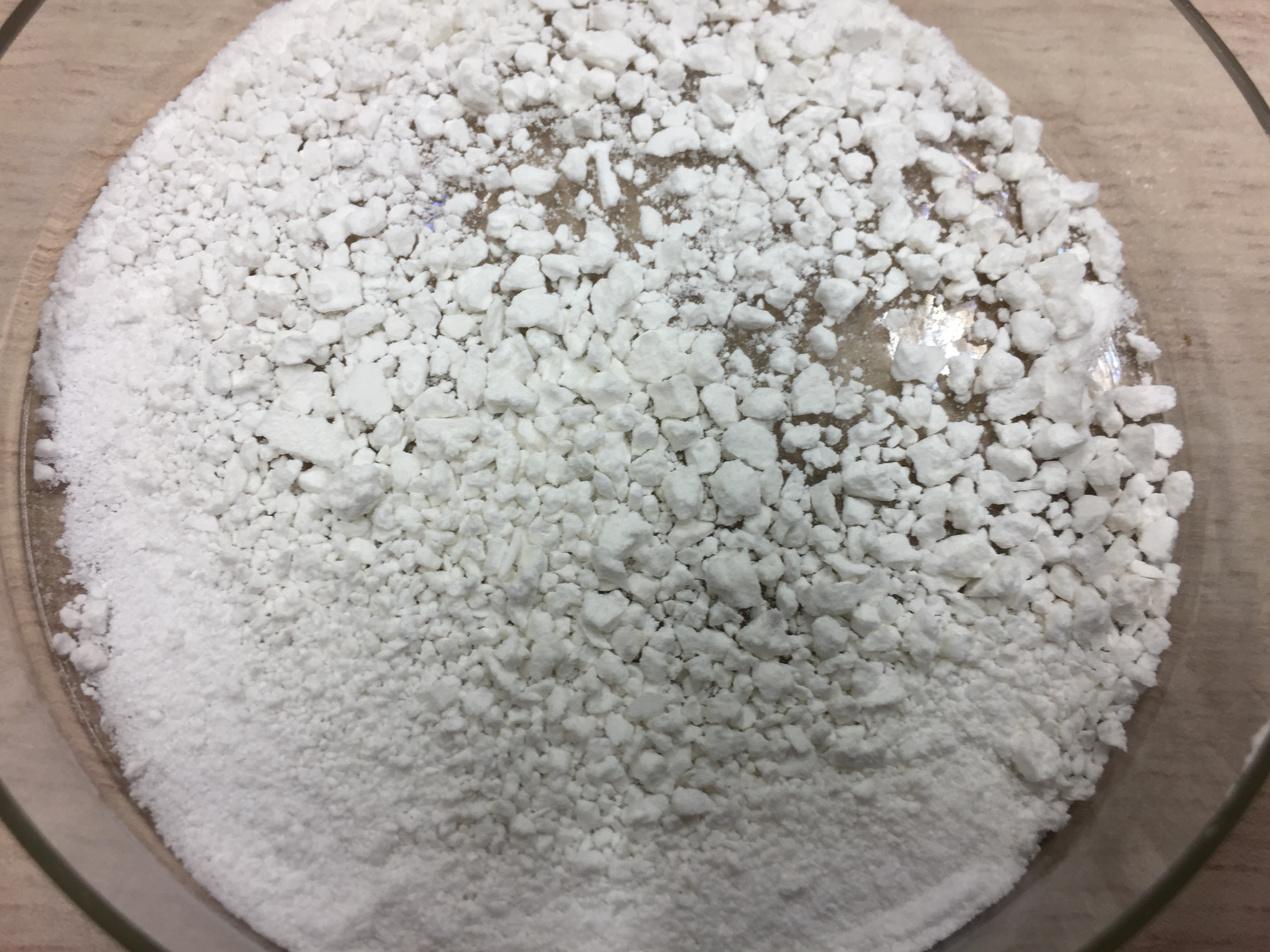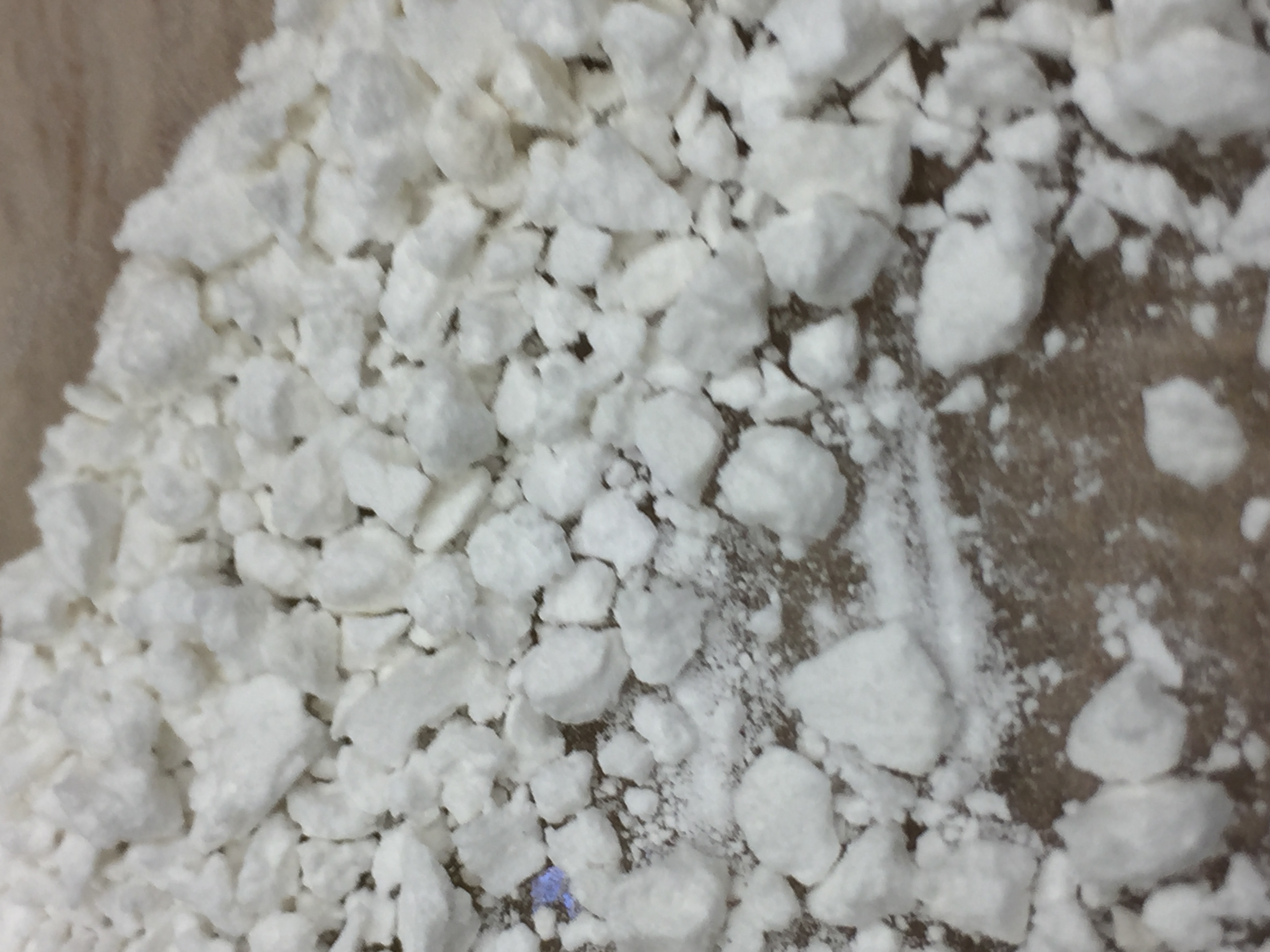FERMENTABLE SUGAR PRODUCTION
Itaconic acid Mevalonolactone (MVL) PHA (Polyhydroxyalkanoates) Lactic acid (LA) Citric acidItaconic acid
R&D project (TKI funding Dutch Government), with lab scale tests and defining the business case using sugar beet bray for the production of itaconic acid. Conclusion of the results is that the sugar beet bray is a perfect feedstock for the production of itaconic acid, but during the pilot and demo phase the process flow has to be optimised. The overall conclusion was that itaconic acid produced with sugar beet bray as raw material is the cheapest option to replace fossil feedstock. This project was a cooperation with TU Delft and Dutch DNA Biotech.



Mevalonolactone (MVL)
Cooperation (KIEM GO Chem project) with CHILL, Zuyd, AMIBM and Visolis. Visolis developed a bio-based platform centred around the efficient conversion of plant-derived sugars to mevalonolactone (MVL) via microbial fermentation. Subsequently, MVL is thermochemically converted to bio-monomers such as isoprene and 3-methyl-1,5-pentane diol, which are ultimately used in the production of polymer materials. The Visolis process has been optimized to use high-purity, industrial dextrose (glucose) as feedstock for their fermentation process. But these feedstocks are expensive and with sugar beet bray produced after Betaprocess the ultimate relatively cheap feedstock becomes available.
PHA (Polyhydroxyalkanoates)
Cooperation with Paques. The sugar beet bray produced via Betaprocess is a promising feedstock for the PHA production using the patented Paques technology (an open mixed culture method). The crucial step in the process is the production of volatile fatty acids (VFA) from the sugars that are then used as feed for PHA accumulating bacteria. First results of the small industrial trials show that the COD conversion of VFA is around 80% and can be improved with further tests carried out together with Paques.
Lactic acid (LA)
Currently lactic acid is produced from pure white sugar. But this is an expensive option, so all LA producers are looking for alternatives. One of the best alternatives is sugar beet bray after Betaprocess. One of the remaining questions is what needs to be done to manufacture a raw beet juice that can be used as sugar source in lactic acid production processes. The sugar beet bray after Betaprocess contains all the fibrous material, mainly pectin and (hemi)cellulose, clay, sand and soluble materials, mainly sugar. Sugar beet bray after Betaprocess is checked and analysed if this material is acceptable for the LA production, and / or if and how certain impurities (if any) can be removed. Eventually, either after a belt press or after centrifuge, further removal of potentially unwanted ingredients can be achieved by micro- or ultrafiltration. This last part is under the current investigations, but the prospective is very challenging.
Citric acid
The sugar beet bray is apparently not useful for “surface fermentation” because this is a fermentation in which phosphorus only needs to be added to a very limited extent on top of what is present in molasses (main feedstock). However, “submerged fermentation” usually uses pure raw materials (glucose syrup, corn, etc) to which relatively high amounts of phosphorus must be added. In this case, replacing (part of) the sugars by sugar beet bray after Betaprocess would be advantageous, as no or less phosphorus has to be added. The filtered liquid itself is probably also readily fermentable in “submerged fermentations”, so if the phosphorus does not have a negative effect in this. This is part of follow-up research. But for the last method the sugar beet bray seems a perfect feedstock for the production of citric acid.